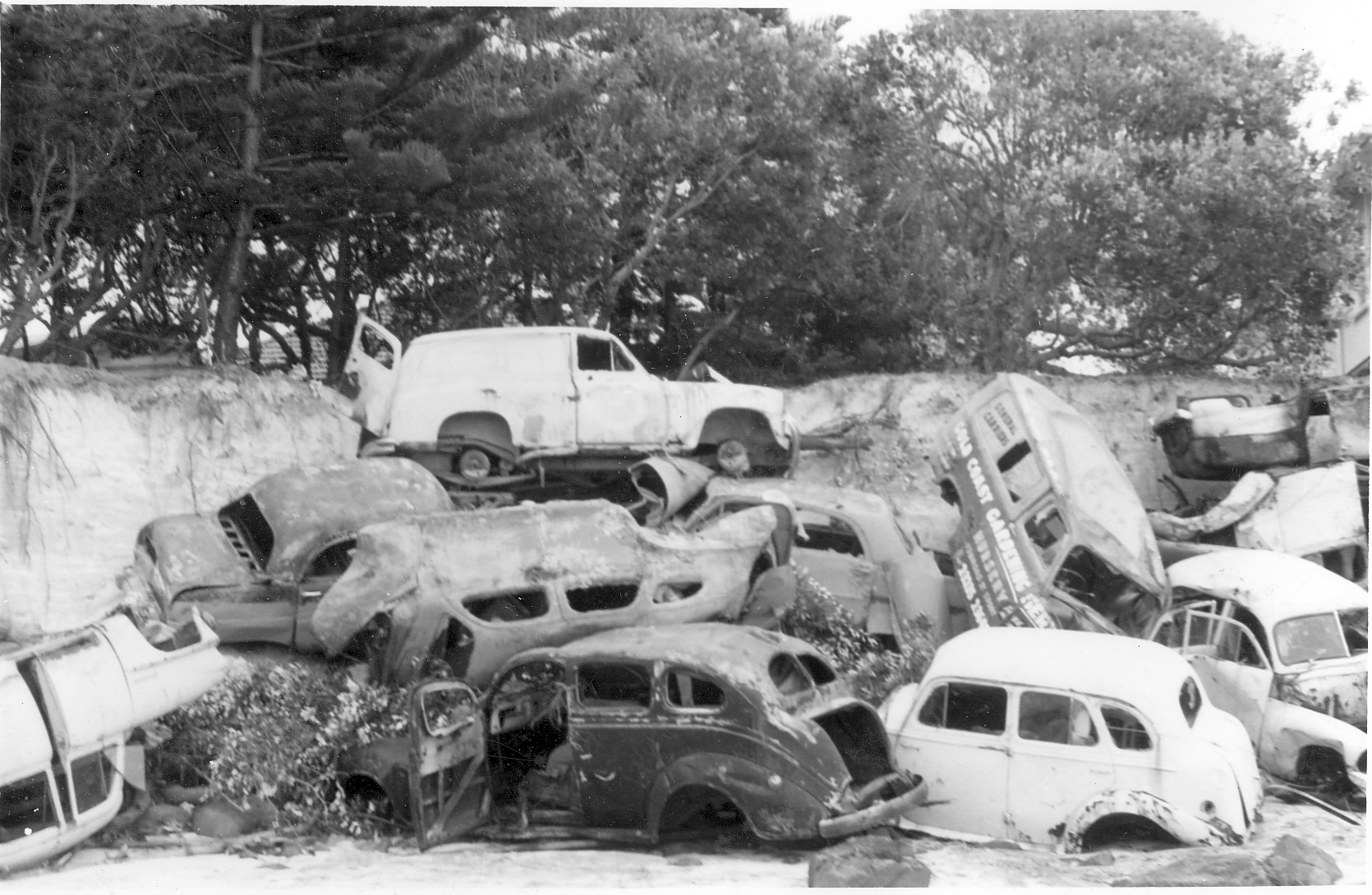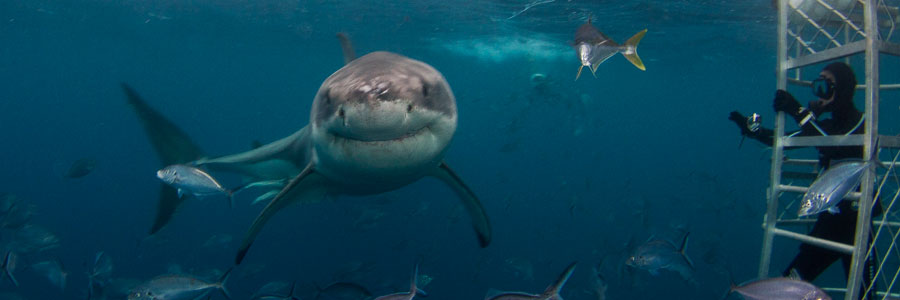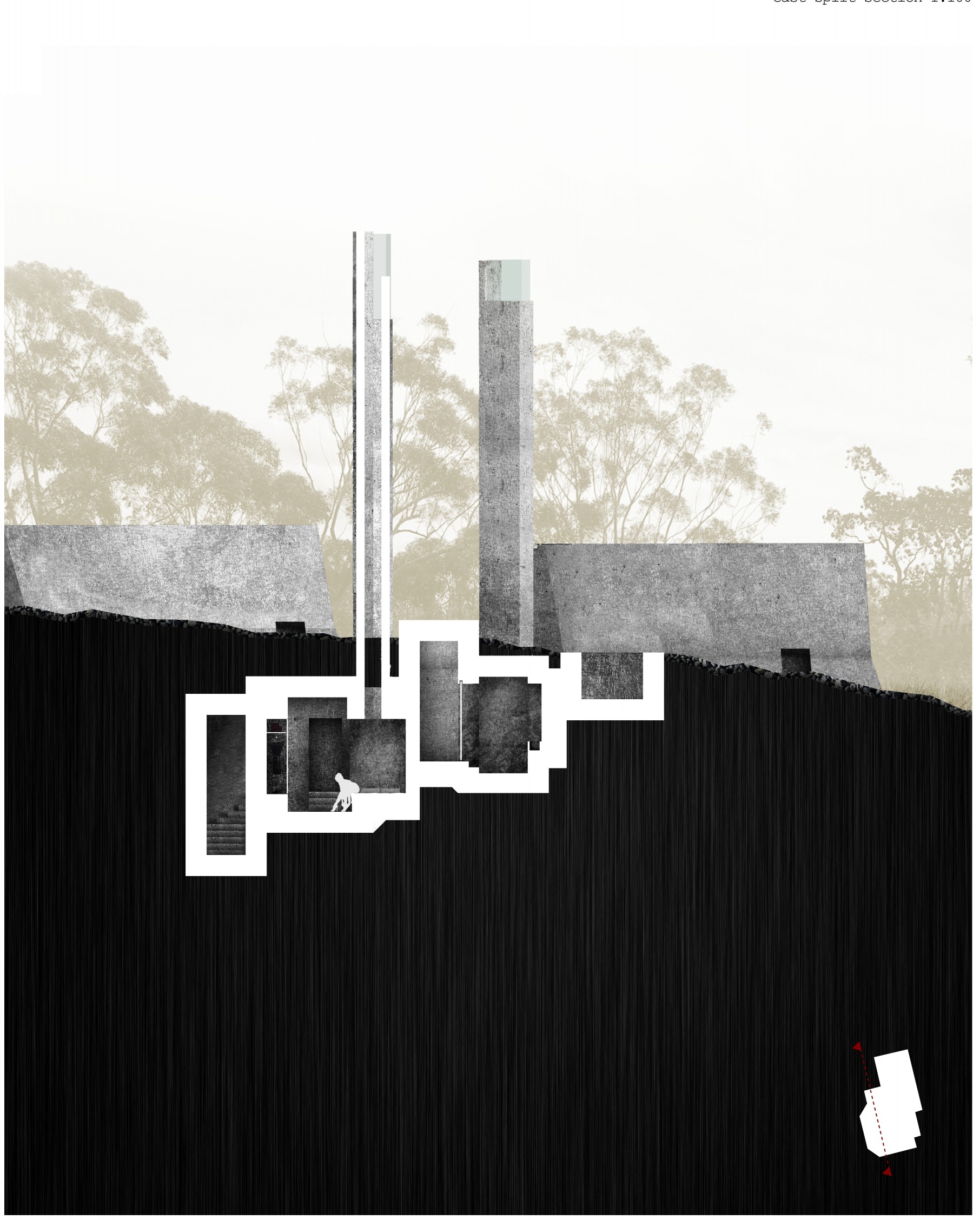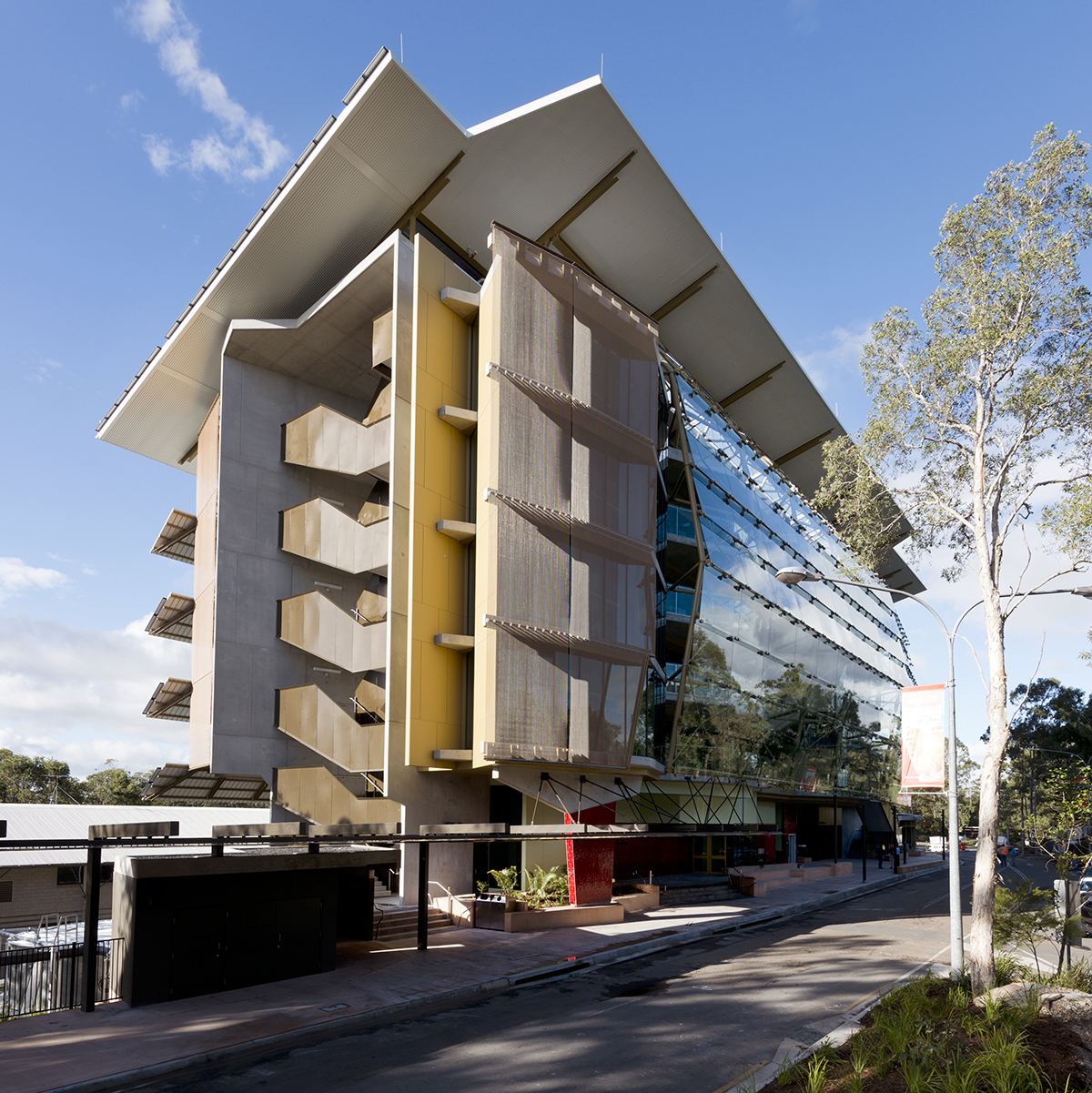
Seawalls are built in response to erosion. They are designed to absorb or deflect wave energy to, primarily, protect infrastructure. They come in all shapes and sizes with materials ranging from timber, geobags, rocks, steel sheeting, concrete, terracotta. And at times have been constructed from old car bodies, building rubble, tyres and sandbags.
In many cases the actual condition of the seawalls and how they were constructed has been a big unknown. As a results flaws in the seawall are only become apparent during a coastal event such as large surf or cyclone. Precisely not the time to test the seawall.
The Griffith Centre for Coastal Management has been working with the Gold Coast City Council to audit all of the seawall and redesign and rebuild where necessary.
Why seawalls
The need for a seawall on the Gold Coast comes from having developed close to the coastal edge combined with a range of coastal hazards including large surf, storm surges and cyclones. Erosion events threatening beachfront buildings and roads have been a regular part of the history of the development of the Gold Coast. However, most of the early buildings were timber, galvanized iron sheets and “fibro” sheeting materials on timber stumps. These buildings were relatively easily moved or replaced. The Courier Mail on in June 1938 reported on a number of houses, including a two story house, being moved landward at Main Beach. Homes at Main Beach were also moved landward in the 1950’s. Houses today are not so easily moved.


As with most places, early coastal protection structures on the Gold Coast were re-active responses to erosion events threatening beach front buildings and infrastructure. Early seawalls mainly constructed of timber using local logs that were easy to source, transport and install. Storm erosion threatening beach front buildings & infrastructure resulted in rock rip rap along Currumbin Esplanade in late 1920’s, and in 1936 following a damaging TC in March, timber walls were constructed at Kirra & Currumbin, and a grouted rock and timber piled wall at Coolangatta. Other 1950’s post cyclone rock walls constructed at Coolangatta, Broadbeach, Burleigh and Currumbin.

One of the first substantial seawalls along the ocean beaches was most likely the log wall at Narrowneck constructed in the early 1920’s by the then Qld Department of Main Roads to protect the Pacific Highway which was constructed only a short time earlier. This wall was constructed of large logs coated in tar, as well as small hessian sandbags used as part of the later protection. The wall was vital to prevent erosion breaking through the narrow strip of dunes between the beach and Nerang River, cutting the then Pacific Highway between Brisbane and Sydney.
In 1967, severe erosion impacts from combination of 4 severe cyclones & 3 East Coast Low’s in 6 months Jan-June, with storm cuts creating scarps within boundaries of many beach properties, and removing half of Esplanade at Surfers Paradise. Only areas with existing sea walls (Main Beach, Coolangatta, and Burleigh) had erosion effects mitigated to some degree. Many types of emergency protection were implemented as a result of cyclonic rain and access to quarries for suitable rock was limited. A large amount of this was sandbags but unfortunately some less suitable methods such as car bodies were also used. This wide spread erosion episode that effected the whole Gold Coast, and was the catalyst for a more co-ordinated approach to coastal protection.
How was Griffith involvement?
 This project was designed to undertake a whole-of-coast assessment of the A-Line seawall as recommended in the Gold Coast Shoreline Management Plan which highlighted the need to review the current design in light of its performance over the last 4 decades and changes in environmental conditions. The project was undertaken in 2 stages:
This project was designed to undertake a whole-of-coast assessment of the A-Line seawall as recommended in the Gold Coast Shoreline Management Plan which highlighted the need to review the current design in light of its performance over the last 4 decades and changes in environmental conditions. The project was undertaken in 2 stages:
• A Review of existing design and condition of the wall
• In the event of the outcome of the review being a new design of the seawall, a second stage of this project will involve testing, approvals and communication of a new design subject to discussion with City of Gold Coast.
If, as a result of the review, the current design was deemed inadequate, then alternative designs would need to be designed and tested.






